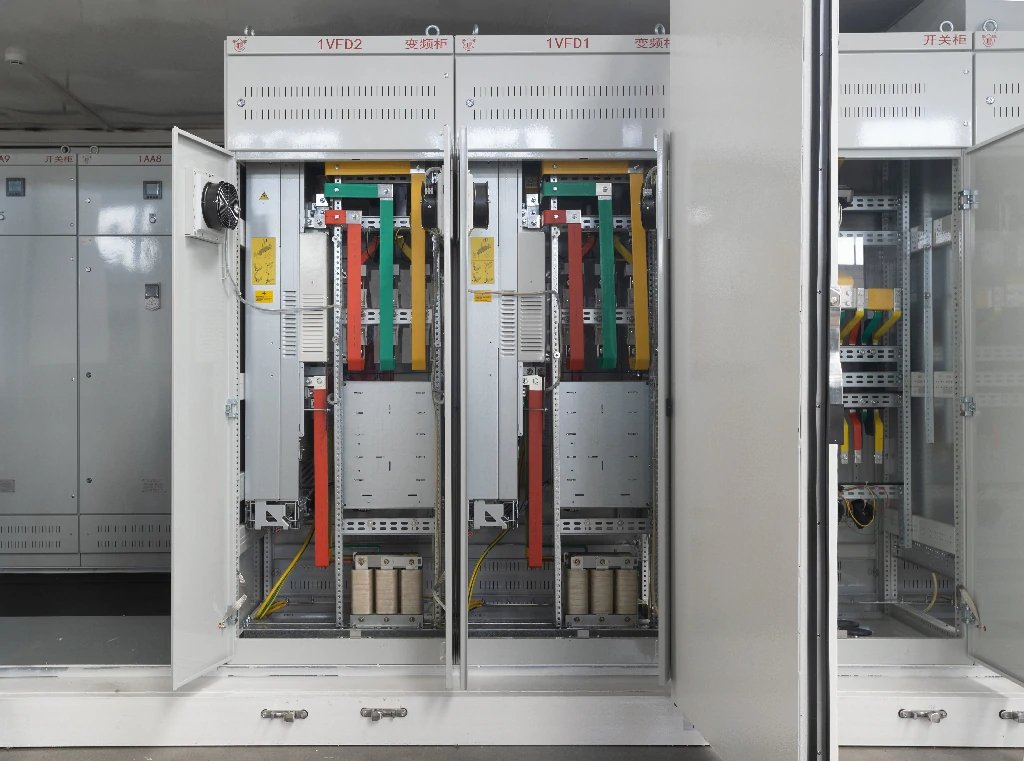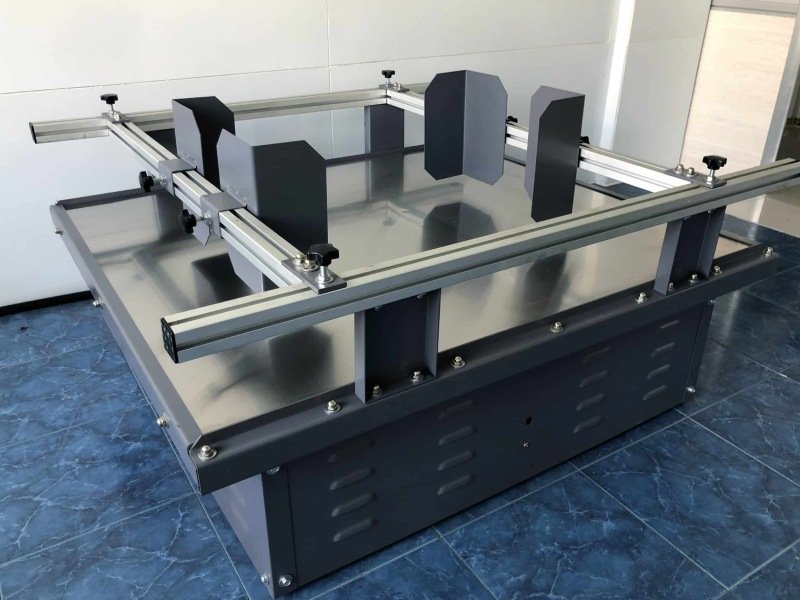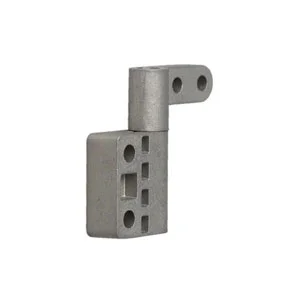Spring loaded latches are mechanical devices commonly used in various industries for securing, locking, or holding components in place. These latches rely on the tension provided by an internal spring mechanism to ensure a secure and reliable engagement between two parts. Their design and functionality make them an essential component in many applications, ranging from industrial equipment to consumer products.
What is a Spring Loaded Latch?
A spring loaded latch consists of a latch mechanism, typically made of metal or durable plastic, and an internal spring. The spring applies constant pressure to the latch, keeping it in a locked or closed position until manually disengaged. The latch is often designed for ease of operation, allowing users to release it with minimal effort by pulling, pushing, or rotating the mechanism.
The key feature of these latches is their ability to automatically return to a locked position when released, thanks to the spring's tension. This self-locking characteristic ensures secure and consistent operation, even in environments where frequent engagement and disengagement are required.
Types of Spring Loaded Latches
Spring loaded latches come in various designs to meet the specific needs of different applications. Some common types include:
- Push-to-Close Latches: These latches engage automatically when pushed into place. They are commonly used in doors, cabinets, and enclosures.
- Pull Latches: These require a pulling action to disengage the latch and are often used in industrial and automotive applications.
- Rotary Latches: Featuring a rotating mechanism, these latches are designed for heavy-duty applications requiring robust locking capabilities.
- Toggle Latches: These use a lever mechanism to engage or disengage the latch and are frequently employed in equipment requiring secure fastening.
- Compression Latches: These provide a tight seal and are ideal for applications requiring weatherproof or vibration-resistant locking.
Materials and Construction
Spring loaded latches are typically constructed from materials that balance strength, durability, and resistance to environmental factors. Common materials include:
- Stainless Steel: Known for its corrosion resistance, stainless steel is ideal for outdoor or high-moisture environments.
- Aluminum: Lightweight yet strong, aluminum latches are often used in aerospace and automotive applications.
- Plastic: Durable plastics like nylon or polycarbonate are used for lightweight applications or where electrical insulation is required.
The internal spring is usually made of high-tensile steel to ensure long-lasting performance and consistent tension.
Applications of Spring Loaded Latches
Spring loaded latches are versatile components with applications across a wide range of industries. Below are some notable examples:
1. Automotive Industry
In the automotive sector, spring loaded latches are widely used for securing hoods, trunks, doors, and glove compartments. Their reliability and ease of use make them an essential component in ensuring passenger safety and convenience.
2. Industrial Equipment
Heavy machinery and industrial equipment often require robust latching mechanisms to secure panels, doors, and access points. Spring loaded latches provide the necessary strength and durability to withstand harsh operating conditions.
3. Aerospace Applications
In aerospace engineering, weight reduction and reliability are critical considerations. Lightweight spring loaded latches made from aluminum or high-performance plastics are used to secure components while meeting stringent safety standards.
4. Marine Applications
Marine environments demand materials that can resist corrosion from saltwater exposure. Stainless steel spring loaded latches are commonly used on boats, ships, and marine equipment to secure hatches, compartments, and storage areas.
5. Consumer Products
Everyday items such as cabinets, toolboxes, luggage, and furniture often feature spring loaded latches for secure closure. Their ease of operation makes them convenient for users while maintaining functionality.
6. Electronics Enclosures
In electronics manufacturing, spring loaded latches are used to secure enclosures and access panels. Compression latches, in particular, help protect sensitive electronic components from dust, moisture, and vibrations.
7. Medical Equipment
Medical devices and equipment require secure yet easy-to-operate locking mechanisms to ensure safety and hygiene. Spring loaded latches are commonly found on medical carts, cabinets, and portable equipment.
Advantages of Spring Loaded Latches
Spring loaded latches offer several benefits that make them a preferred choice in many applications:
- Ease of Use: The automatic locking feature simplifies operation and saves time during assembly or maintenance.
- Reliability: The constant tension provided by the spring ensures consistent performance over time.
- Versatility: With various designs and materials available, spring loaded latches can be tailored to meet specific application requirements.
- Durability: High-quality materials and construction ensure long-lasting performance even in demanding environments.
- Safety: Secure locking mechanisms prevent accidental disengagement or opening.
Considerations for Selecting Spring Loaded Latches
When choosing a spring loaded latch for a specific application, several factors should be considered:
- Load Capacity: Ensure the latch can handle the weight or force it will be subjected to.
- Material: Select materials that can withstand environmental conditions such as moisture, temperature fluctuations, or chemical exposure.
- Size: Choose a latch size that fits the available space without compromising functionality.
- Operation Mechanism: Consider whether a push-to-close, pull, rotary, toggle, or compression latch is best suited for the application.
- Compliance: Ensure the latch meets industry standards or certifications required for the intended use.
Conclusion
Spring loaded latches are indispensable components that provide secure and reliable locking solutions across various industries. Their versatility, ease of use, and durability make them an ideal choice for applications ranging from automotive systems to consumer products. By understanding their design, functionality, and application areas, engineers and designers can select the most suitable latch for their needs, ensuring optimal performance and safety.
As technology advances and industry requirements evolve, spring loaded latches continue to play a critical role in enhancing the functionality and reliability of countless products and systems worldwide.







